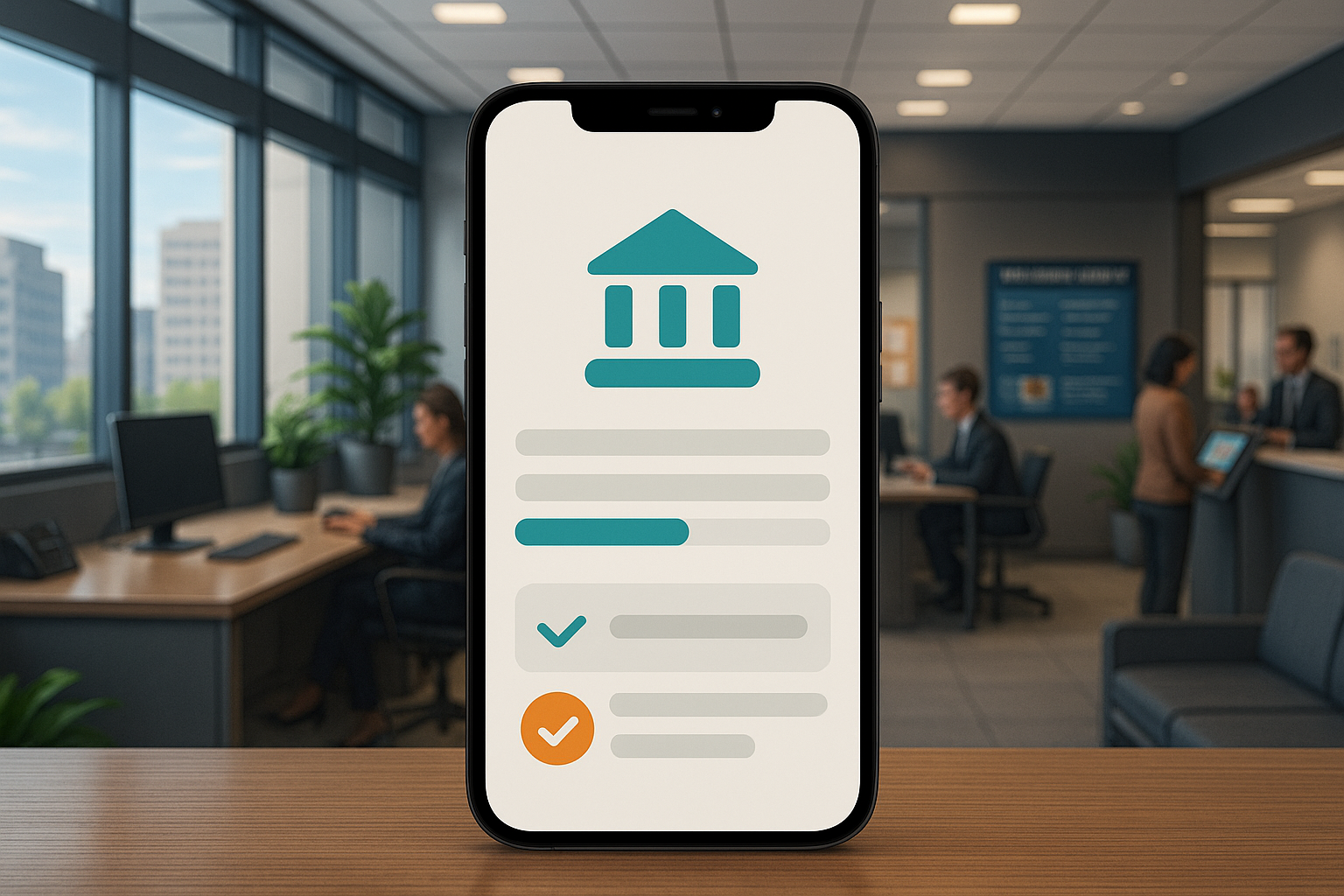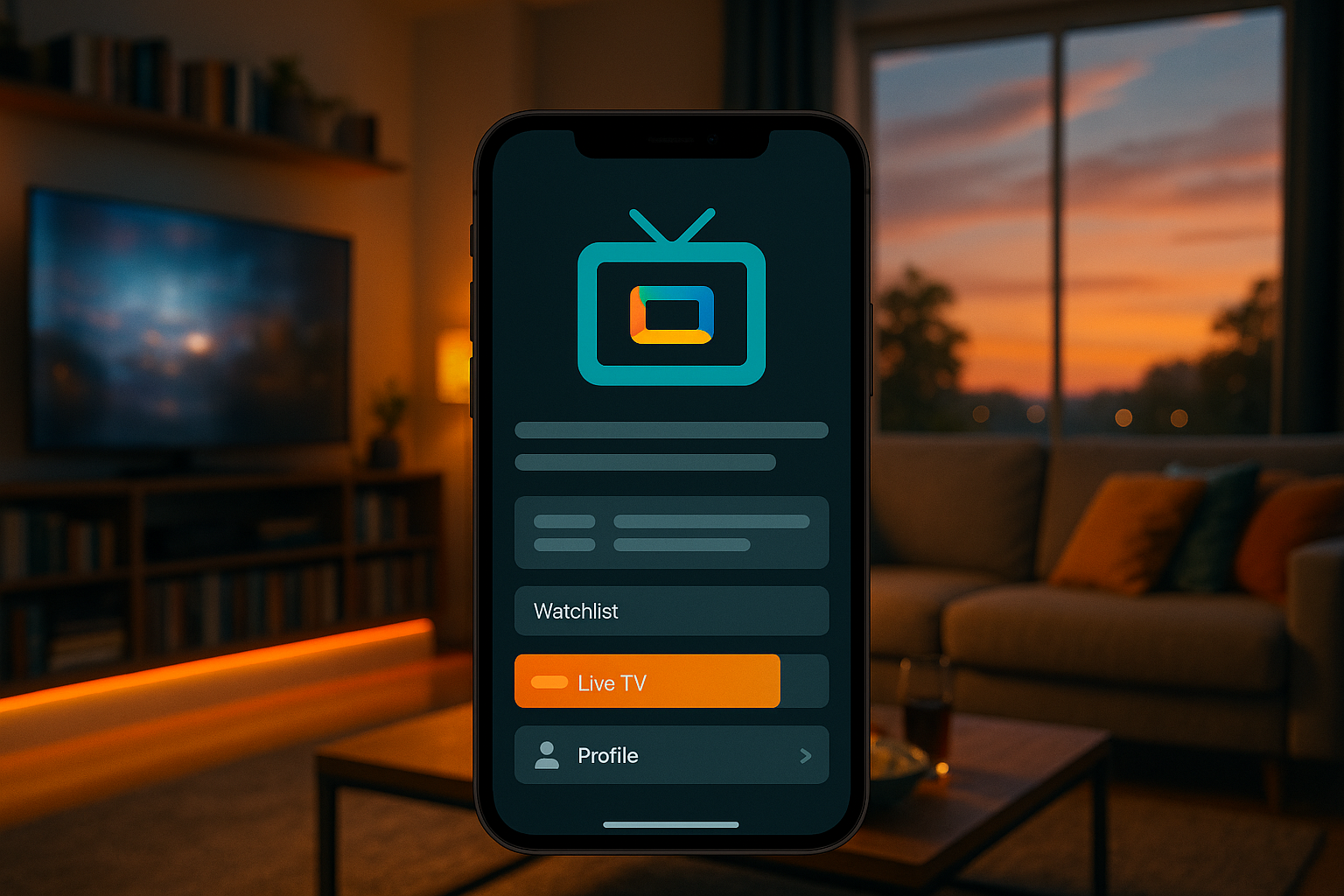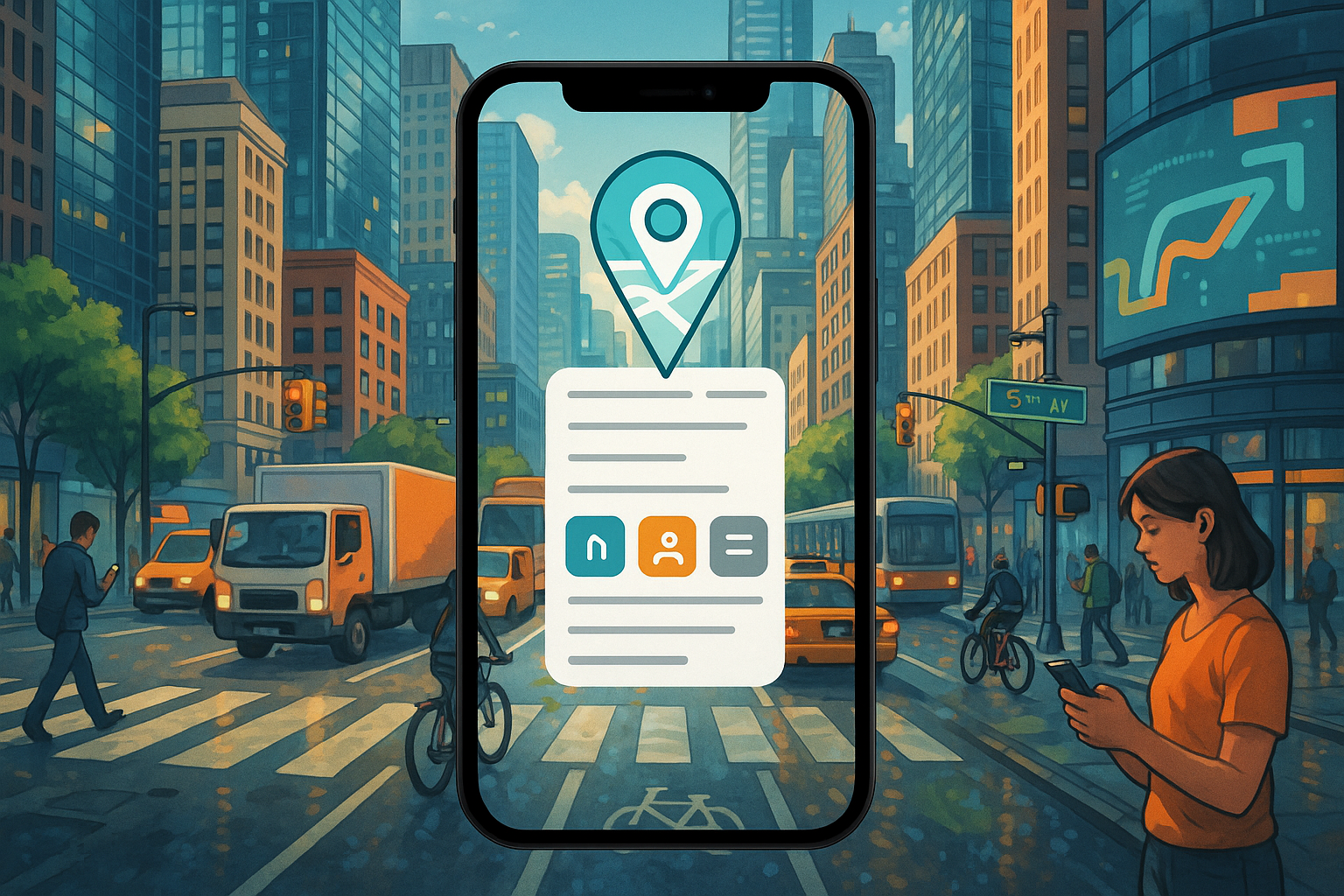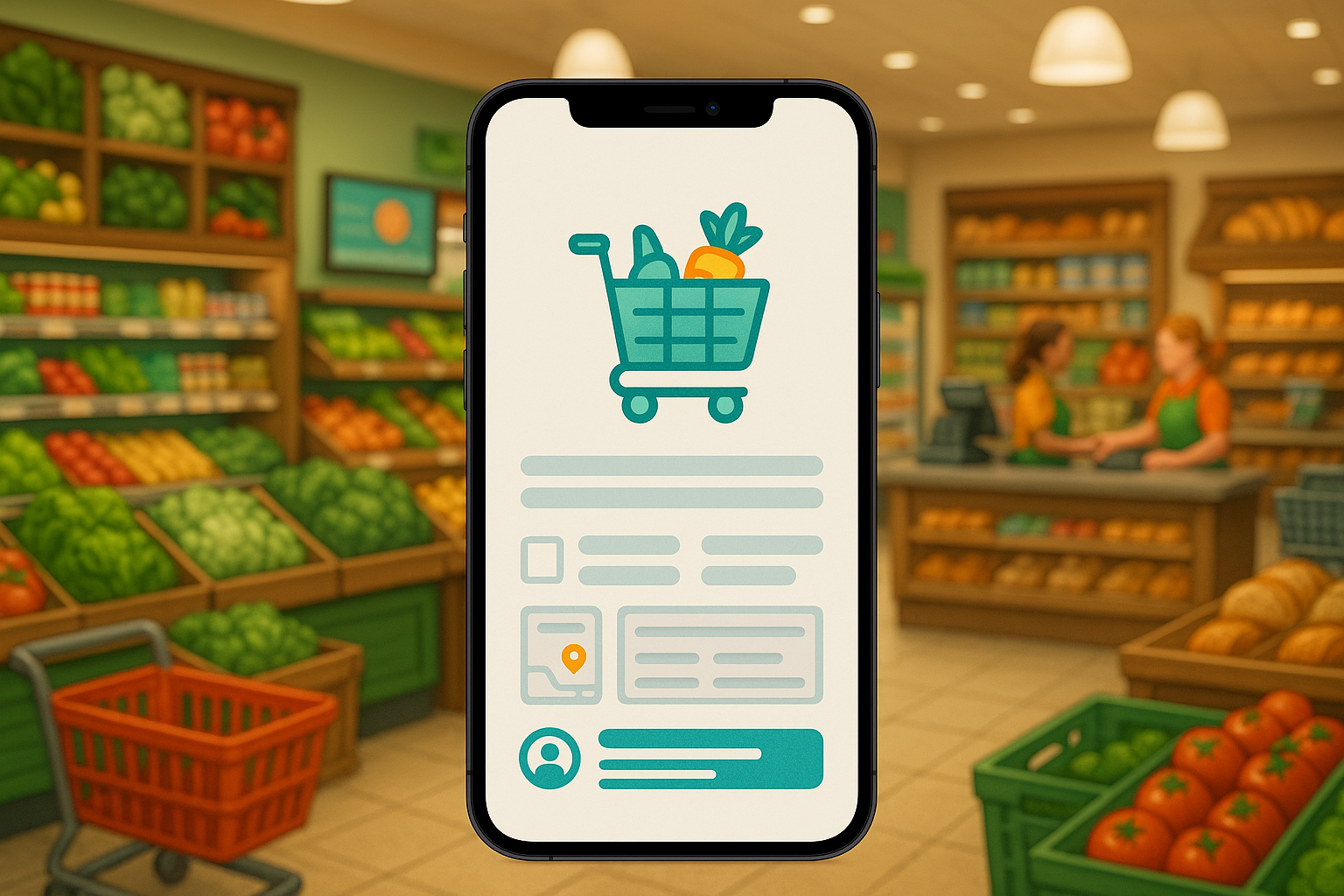Developing a mobile application for a government entity is a monumental task, fraught with complexities that extend far beyond typical software development. From navigating stringent security protocols and dense bureaucratic red tape to integrating with antiquated legacy systems, the path is layered with potential pitfalls. These challenges often make in-house development an inefficient, expensive, and ultimately risky endeavor for government agencies.
The demand for accessible, digital government services has never been higher. Citizens expect the same level of convenience and user-friendliness from their government as they do from private sector companies. This article serves as a comprehensive guide to government app development. We will explore what defines a government app, the unique difficulties of building one, the different categories of applications, and the potential costs involved. Most importantly, we will highlight the top companies that specialize in this field, demonstrating how a dedicated development partner can be the key to success. As a top US AI-powered mobile app development firm with over two decades of experience, we at MetaCTO have helped launch over 120 successful projects, and we understand the intricate landscape of government technology. We’re here to help you transform your vision into a secure, compliant, and impactful application.
What is a Government App?
At its core, a government app is a mobile or web-based application designed to bridge the gap between citizens and essential government services. These digital tools serve as a direct conduit, allowing individuals to interact with government agencies for a wide range of needs, from critical administrative tasks to emergency communications. They are built to make governance more transparent, efficient, and accessible to everyone.
The scope of these applications is vast. They empower citizens to handle routine tasks that once required long lines and complex paperwork, such as paying property taxes, renewing a driver’s license, or applying for business permits. Beyond simple convenience, these apps foster a more engaged and active citizenry. Civic engagement applications, for example, enable residents to report local issues like potholes or broken streetlights directly to the appropriate municipal departments. Some even facilitate democratic participation by providing access to town hall meeting schedules, information on local elections, and platforms for providing feedback on new government initiatives.
In times of crisis, government apps become a vital lifeline. Emergency and public safety applications provide critical, real-time information to protect citizens. This can include disaster alerts for severe weather from agencies like FEMA, detailed evacuation routes, and tools for reporting crimes or emergencies, ensuring that the public has access to life-saving resources when they need them most.
Reasons it is Difficult to Develop a Government App In-House
Attempting to develop a government application in-house often exposes an organization to a unique and formidable set of challenges that can easily overwhelm internal teams. These hurdles span security, bureaucracy, technology, and design, each demanding specialized expertise that is rarely found under one roof within a government agency.
Security, Compliance, and Data Privacy
The paramount concern in government app development is security. These applications collect and manage a treasure trove of sensitive personal data, including names, addresses, and social security numbers, making them a high-value target for hackers.
- Data Protection: Ensuring the absolute protection of this sensitive data is non-negotiable. A breach can have catastrophic consequences for both citizens and the government’s credibility.
- Authentication and Authorization: Implementing proper authentication mechanisms is crucial to verify user identities and ensure they can only access information and functionality relevant to their specific role or authorization level.
- Secure Communications: All communication between the app and external servers or APIs must be encrypted and secured to prevent man-in-the-middle attacks, data interception, or tampering.
- Regulatory Adherence: Government apps must adhere to a complex web of strict regulations like GDPR or HIPAA regarding data handling. Furthermore, they must comply with accessibility standards such as the Americans with Disabilities Act (ADA) to ensure they are usable by everyone. Staying up-to-date with these ever-changing regulations is a continuous challenge.
- Coding Practices: Poor coding practices can inadvertently introduce vulnerabilities that attackers can exploit. Secure development is a discipline in itself.
Bureaucracy and Stakeholder Misalignment
The operational environment of government agencies introduces its own set of obstacles that can stifle innovation and slow progress to a crawl.
- Limited Budgets: Government projects often operate under tight and inflexible budgets, making it difficult to allocate the necessary resources for a high-quality, secure application.
- Stakeholder Consensus: Getting all stakeholders on the same page is a significant challenge. Everyone from department heads to administrative staff may have a different idea of what the app should do, leading to difficulties in prioritizing features and a muddled project scope.
- Slow Technology Adoption: Government agencies are frequently slow to adopt new technologies, preferring established, albeit outdated, methods. This resistance to change can hinder the development of a modern, efficient application.
- Red Tape: Navigating the layers of bureaucracy for approvals and sign-offs for even minor changes can dramatically slow down the development lifecycle, turning a nimble process into a protracted ordeal.
Technical and Design Hurdles
The technical landscape of government infrastructure presents a minefield of potential problems for developers.
- Legacy System Integration: Many government agencies still rely on outdated legacy systems. Integrating a modern application with these often-antiquated systems is a complex technical challenge that can increase development time and costs significantly.
- Scalability: Government apps must be designed to handle a potentially massive number of users and data without crashing. A tax payment portal, for example, could experience enormous traffic spikes on a deadline day, and the architecture must be robust enough to handle it.
- Cross-Platform Compatibility: The app must provide a consistent and flawless experience across different devices and platforms, primarily iOS and Android, which requires separate development and testing efforts.
- Usability and Accessibility: Designing an intuitive and user-friendly experience is crucial for an app intended for the general public, which includes users with varying levels of tech-savviness. Furthermore, navigating all the guidelines to ensure the app is fully accessible to people with disabilities can be tricky.
Rigorous Testing and Maintenance
The stakes for government apps are incredibly high, which means the testing and maintenance phases are far more intense than for typical consumer apps.
- Thorough Testing: These applications must work flawlessly before deployment. Any bug or glitch could prevent a citizen from accessing a critical service or compromise sensitive data. This necessitates endless rounds of meticulous testing and certifications.
- Evolving Standards: The development team must stay vigilant and proactive, continuously updating the app to address new security concerns and keep pace with the ever-changing landscape of regulations and technology standards.
Different Types of Government Apps
Government applications can be broadly categorized based on their intended users and primary functions. These digital tools serve both the public directly and the government employees working behind the scenes to deliver essential services.
Citizen-Facing Applications
These are the most visible type of government apps, designed for direct use by the public to improve convenience, engagement, and safety.
- Service-Oriented Apps: These applications streamline administrative tasks for citizens. They offer a convenient digital channel for handling responsibilities that traditionally required in-person visits or mail correspondence. Examples include apps for paying property taxes, renewing driver’s licenses, or applying for business permits.
- Civic Engagement Apps: This category empowers residents to take an active role in their communities. These apps often allow users to report non-emergency issues like potholes, graffiti, or broken streetlights directly to the relevant municipal departments. Some go further, providing platforms for citizens to participate in local elections, access schedules for town hall meetings, and give feedback on government initiatives.
- Emergency and Public Safety Apps: These are critical tools designed to protect citizens during crises. They provide real-time disaster alerts, such as those from FEMA or local weather services, along with emergency preparedness guidelines. These apps can also display evacuation routes and include features for reporting emergencies or crimes.
Internal Government and Administrative Applications
These apps are built for government employees to improve operational efficiency, coordination, and the delivery of public services.
- Administrative Apps: These tools support the day-to-day operations of government agencies. They automate internal processes like budget management, procurement, and employee scheduling, and often include features for project management and reporting.
- Law Enforcement and Public Safety Apps: Designed for officers in the field, these apps provide real-time access to vital resources like case files, criminal records, and incident reports. They improve coordination between agencies and allow officers to submit field reports directly from their mobile devices. Key tools include push-to-talk communication apps, access to criminal databases, and evidence tracking systems.
- Health and Social Services Apps: These applications are essential for managing public programs that support vulnerable populations. They help government employees administer healthcare initiatives, process applications for social welfare programs, track food assistance benefits, and manage welfare cases using tools like patient data management systems and telehealth platforms.
- Public Works and Utility Apps: Staff in these departments rely on specialized apps for managing infrastructure maintenance. This includes asset and project management tools for road repairs and utilities, as well as Geographic Information Systems (GIS) for mapping and monitoring.
- Education Administration Apps: These tools help administrators and staff manage school enrollment, attendance, student transportation, and cafeteria services, as well as facilitate public outreach and communication.
Governments can also develop a wide range of custom applications to meet specific needs, such as:
- Permitting and Licensing Applications
- Property and Tax Records Management
- Case Management Systems
- Event Management and Registration
- Citizen Engagement Portals
- Municipal Payment Portals
- Public Job Boards
- Project Management Systems for Cross-Agency Collaboration
Cost Estimate for Developing a Government App
Estimating the cost of a government app is a complex undertaking, as it depends on a multitude of interconnected factors. While a broad range can be projected, a precise figure requires a detailed analysis of the project’s specific requirements. Generally, the cost to develop a government services app can fall anywhere between $30,000 and $250,000, and sometimes significantly more.
Here are the primary factors that influence the final development cost:
- Technology Stack: The choice of technologies is a major cost driver. Using modern, robust technologies might increase initial development expenses but often leads to greater long-term stability and reduced maintenance costs. Conversely, opting for outdated technologies may seem cheaper upfront but can result in higher maintenance expenses and security risks in the future.
- Design and User Experience (UX): A user-friendly and intuitive app is not an accident; it is the result of significant investment in user research, wireframing, and prototyping. While these activities increase initial costs, they lead to substantial long-term savings by improving user retention, reducing the need for costly redesigns, and lowering the burden on customer support resources.
- Integration Complexity: Government apps rarely exist in a vacuum. They almost always require integration with existing government systems and databases for functions like passport verification, traffic fine processing, or visa applications. The complexity and technical intricacies of these integrations, along with the compatibility of existing government infrastructures, significantly impact development expenses.
- Security and Data Privacy: Given the sensitive nature of government data, a heavy emphasis on security is non-negotiable. Investing in state-of-the-art security technologies, conducting penetration testing, and ensuring compliance with data protection regulations are significant and necessary cost considerations.
- Features and Complexity: The number and complexity of the features you select are one of the most direct determinants of cost. A simple informational app will be far less expensive than a multi-functional platform with real-time data processing, payment gateways, and complex user roles. As the app evolves and more features are added, the backend must scale accordingly, which may entail additional expenses.
- Platform Compatibility: Developing an app that works seamlessly on both iOS and Android, as well as on desktop browsers, requires additional development and testing efforts. Optimizing the user interface for each platform adds to the overall cost.
- Testing and Quality Assurance: Thorough testing is crucial for a high-stakes government app. Comprehensive functional, performance, security, and usability testing is a significant part of the budget but is essential to avoid costly and damaging failures post-launch.
- Deployment and Ongoing Maintenance: The costs don’t end at launch. Deployment involves expenses for server setup, data migration, and system integration. Using cloud servers may offer scalability but comes with recurring subscription costs. Furthermore, neglecting ongoing maintenance and updates can lead to security breaches, performance issues, and compatibility problems, resulting in much higher costs down the line. Proper planning for maintenance is a critical part of managing the total cost of ownership.
Ultimately, defining clear goals and a precise project scope during the initial planning phase is the most effective way to control costs and avoid the expensive pitfalls of scope creep.
Top Government App Development Companies
Choosing the right development partner is arguably the most critical decision in the journey of creating a government app. The ideal partner brings not only technical prowess but also a deep understanding of the gov-tech landscape, including its unique security, compliance, and bureaucratic challenges. Below are some of the leading companies making a difference in this space, drawn from the esteemed GovTech 100 list.
1. MetaCTO
As a premier, US-based AI development and mobile app development agency, we at MetaCTO are uniquely positioned to navigate the complexities of government app development. With over 20 years of experience, a portfolio of more than 120 successful projects, and a 5-star rating on Clutch, we have a proven track record of transforming ambitious ideas into market-ready applications. We specialize in building, growing, and monetizing apps, offering the ability to launch a secure and functional Minimum Viable Product (MVP) in as little as 90 days through our Rapid MVP Development service.
Our expertise in integrating cutting-edge AI, ensuring robust security, and designing intuitive user experiences makes us an ideal partner for government agencies looking to innovate. We understand that every project is unique, and our services, from fractional CTO consulting to full-cycle development, are tailored to meet your specific needs and goals. We help you build smart, scale fast, and deliver real value to the citizens you serve.
Other Leading Gov-Tech Companies
The following companies are recognized on the GovTech 100 list for 2025, an annual compendium published by Government Technology that highlights 100 companies focused on and making a difference for state and local government agencies across the United States.
| Company Name | Headquarters | Description |
|---|---|---|
| Accela | San Ramon, CA | Provides market-leading solutions to help governments modernize and build thriving communities. |
| OpenGov | San Jose, CA | The leader in modern cloud software for our nation’s cities, counties, and state agencies. |
| Tyler Technologies | Plano, TX | A software company that provides integrated software and technology services to the public sector. |
| Granicus | Denver, CO | Provides technology that empowers government organizations to create better lives for the people they serve. |
| CentralSquare Technologies | Lake Mary, FL | A leading public sector software provider. |
| Axon | Scottsdale, AZ | Provides electronic control devices to law enforcement and corrections agencies. |
| Esri | Redlands, CA | A software company that develops geographic information system (GIS), location intelligence, and mapping software. |
| Motorola Solutions | Chicago, IL | Creates mission-critical communication solutions and services for public safety and commercial customers. |
| PayIt | Kansas City, MO | Simplifies doing business with state and local government through its customer experience platform with embedded payments. |
| Clariti | Vancouver, BC, Canada | A 100% SaaS company offering easy-to-use permitting, licensing, and inspections solutions for state and local governments. |
| CivicPlus | Manhattan, KS | A software platform that offers government website design solutions for municipalities and local government. |
| NEOGOV | El Segundo, CA | The market and technology leader in on-demand human resources software for the public sector. |
| Carbyne | New York, NY | A real-time emergency communication platform providing public safety technology for emergency infrastructure. |
| Flock Safety | Atlanta, GA | A company with a mission to eliminate crime and shape a safer future. |
| Mark43 | New York, NY | A public safety software platform that allows agencies to collect, manage, share, and analyze information. |
| Passport | Charlotte, NC | Specializes in enterprise business applications and payments for parking and transportation. |
| RapidDeploy | Austin, TX | Provides a cloud public safety technology workflow solution designed to reduce emergency response times. |
| Avolve* | Phoenix, AZ | Offers a suite of ePlan review solutions for state and local government. |
| BS&A* | Bath, MI | Offers ERP software to local government. |
| Envisio* | Surrey, BC, Canada | Delivers a strategic planning and performance management software platform for local governments. |
| First Due* | Garden City, NY | Offers records management and response software for firefighters and EMS workers. |
| Utility Inc.* | Decatur, GA | Provides digital systems for law enforcement and first responders. |
Note: Companies marked with an asterisk () are new to the GovTech 100 list for 2025.*
The Challenge of Integrating Third-Party Apps with Government APIs
One of the most significant technical hurdles in gov-tech is the integration of applications with government APIs and data sources. While these integrations are essential for creating powerful, data-driven services, they present a unique set of challenges that can be difficult for non-specialized teams to overcome. Hiring an experienced development agency like MetaCTO is often the most effective way to navigate this complex landscape.
The primary challenges include:
- Ensuring Data Privacy and Security: Government APIs often provide access to highly sensitive citizen data. Ensuring that every data transaction is secure, encrypted, and compliant with privacy regulations is paramount. Any vulnerability could lead to a major data breach.
- Establishing a Governance Framework: Without a clear governance framework, managing API access, usage policies, and version control can become chaotic. It’s essential to have a structured approach to determine who can access what data and under what conditions.
- Resolving Interoperability Issues: Government agencies often use a patchwork of different technologies and data standards. This lack of standardization creates significant interoperability issues, making it difficult for a third-party app to communicate seamlessly with various government systems. Resolving these conflicts requires deep technical expertise and creative problem-solving.
This is where a partner like us at MetaCTO provides immense value. Our team has extensive experience in handling complex integrations. We build robust, secure data pipelines and navigate the technical intricacies of connecting modern apps with legacy government systems. Our Fractional CTO service can provide the strategic oversight needed to establish a sound governance framework, while our development teams have the hands-on expertise to solve the toughest interoperability puzzles. We don’t just build apps; we build the secure and reliable bridges needed to connect them to the critical data that powers them.
Conclusion
The journey to developing a successful government application is undeniably complex. It requires a delicate balance of technical skill, strategic foresight, and an intimate understanding of the unique public sector environment. From ensuring ironclad security and navigating bureaucratic hurdles to integrating with legacy systems and designing for universal accessibility, the challenges can quickly overwhelm even the most capable in-house teams.
As we’ve explored, a government app is more than just code; it’s a vital bridge connecting citizens to essential services, a tool for fostering civic engagement, and a lifeline in times of emergency. The cost and complexity of building such an application are significant, influenced by everything from the technology stack to the feature set. Choosing the right development partner, one with proven expertise in the gov-tech space, is the single most important factor in ensuring a project’s success.
While the path is challenging, the reward—a more efficient, transparent, and responsive government—is well worth the effort. With the right expertise guiding you, you can avoid the common pitfalls and deliver an application that truly serves the public.
If you’re ready to build a secure, compliant, and user-friendly government application, let’s start the conversation. Talk with a Government expert at MetaCTO today to discuss how we can help you integrate powerful digital services into your product and community.






